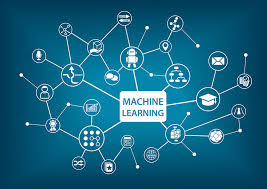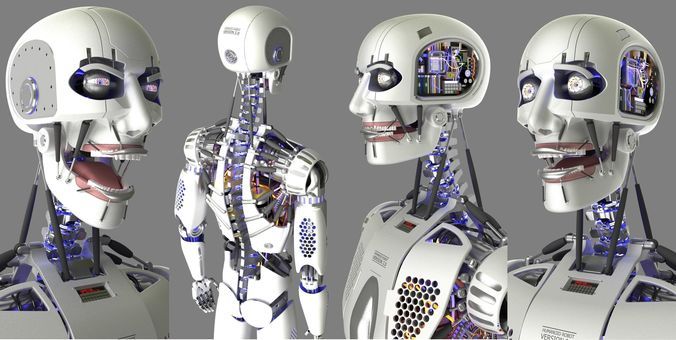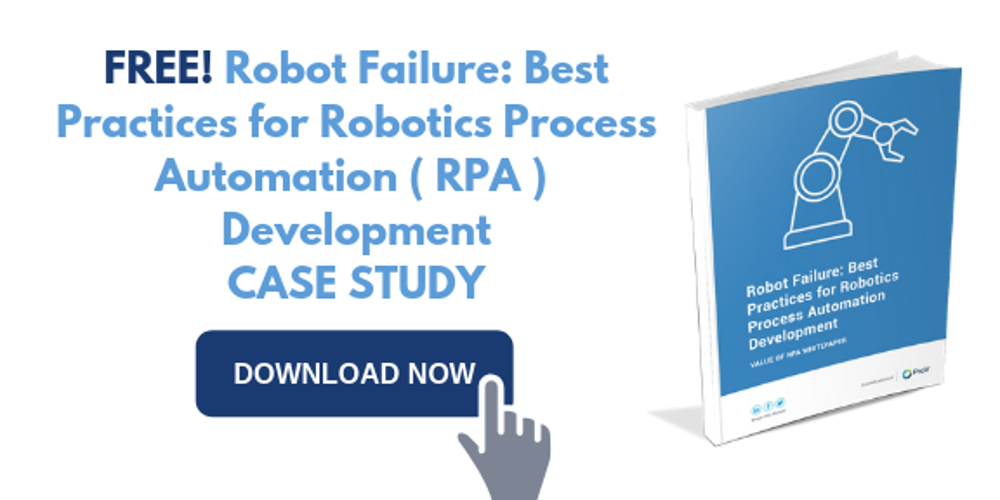Robotic Process Automation (RPA) was one of the biggest technology trends in 2018. RPA is all the rage with technology leaders and business owners alike taking note. Even established players in their respective domains like Amazon Web Services (AWS), and Google AI are pouring millions into Machine Learning (ML) and Artificial Intelligence (AI) to further strengthen their position. Is the RPA hype real? Statistics seem to say so. A survey by Global Market Insights estimated that by 2024 the Robotic Process Automation market is set to exceed 5 billion USD.

Today, RPA has become one of the most cutting-edge technological tools available for an organization to save time, money and resources. It is best used for repetitive, high-volume activities that eat away at the productivity of your workers. Although RPA has been deployed by a large number of industries already with multiple benefits, some myths about RPA are still circulating. Today we will take a look at 5 of them.
Myth 1). The Robots Are Humanoid
This is one of the strangest myths out there about RPA, but it still persists. Blame it on Will Smith, and the movie, I Robot, or the many other Hollywood films that show life-sized robots taking over the world. RPA seems to conjure up images of humanoid robots taking over the workforce for many, but that is merely Hollywood’s imagination.

Today, Robotic Process Automation, or robots, or bots, refers mostly to software code that can perform manual processes (usually performed by a human) and create streamlined workflows through Machine Learning without the need for human input.
Myth 2). Robots Will Take My Job

Another common myth about RPA, fueled by a fear of losing livelihoods is that RPA will replace all jobs. The constant barrage of negative press doesn’t help, but Robotic Process Automation is not meant to replace a human workforce, but to complement it. While adopting RPA technology will change the way people work, it will definitely not replace humans on every level. In fact, as mundane repetitive tasks are automated with RPA, new opportunities will emerge and new technical roles will evolve. Machine Learning and Artificial Intelligence are developing at a rapid pace and with the emergence of edge-computing, developers are playing an even more integral role in the change. RPA is here to stay, keeping an open mind to change can ensure success for your organization.
Myth 3). Robots Are Perfect

Much like most things in life, perfection is merely a matter of perception. Bots can eliminate human errors and greatly reduce noise in statistics, and sometimes, even be 100% accurate. But, they are only as good as the information that was put into them. Bots are programmed to execute the formulas they are fed and as such, if there are errors in the logic of their code, they will continue to replicate those errors indefinitely.
The key to deriving the most ROI from your RPA investment in its consistent adoption across all departments of your organization. This is why companies sometimes opt to partner with an RPA managed service provider to check processes for errors and helping with change management during the transition to RPA, ensuring successful adoption.
Myth 4). RPA Is Not Applicable to My Industry

The earliest adopters of Robotic Process Automation technology were industries in the banking and finance sector, and that has somewhat labeled it as a technology suited only for companies in those sectors. While RPA does have a proven track record in banking and finance, in the recent past we have seen RPA provide huge cost-benefits for industries like IT, healthcare, manufacturing and shipping, retail, and transportation and logistics.
For example, mundane tasks like back and front office activities that exist in all industries can be automated through RPA. RPA can automate most repetitive and standardized tasks in an organization, irrespective of the industry.
Myth 5). RPA Is Out of My Budget

Many companies are still reluctant to adopt RPA, as the hype surrounding automation has made them wary of the potential cost. One of the biggest advantages of deploying RPA throughout your organization is that you get instant results.
By hiring a machine that can do the work of multiple human workers, faster and more efficiently, you can create a huge cost-benefit for your organization. The other important thing to remember is that RPA does not require you to replace your existing systems, instead it adds automation to your existing systems to mimic human behavior, thereby saving you the expense of implementing new infrastructure and systems.

RPA Managed Service Providers can help you navigate the waters of RPA implementation and maintenance for a flexible fee in return for your outsourcing your needs. ProV International Inc. is a premier RPA services provider and our services include: RPA strategy, RPA proof of value, RPA business case development, RPA production rollout, and RPA managed services.
If you want to learn more about RPA, download our FREE! Robotics Process Automation - RPA Guide below. For anything else, drop a comment below or contact us today.

